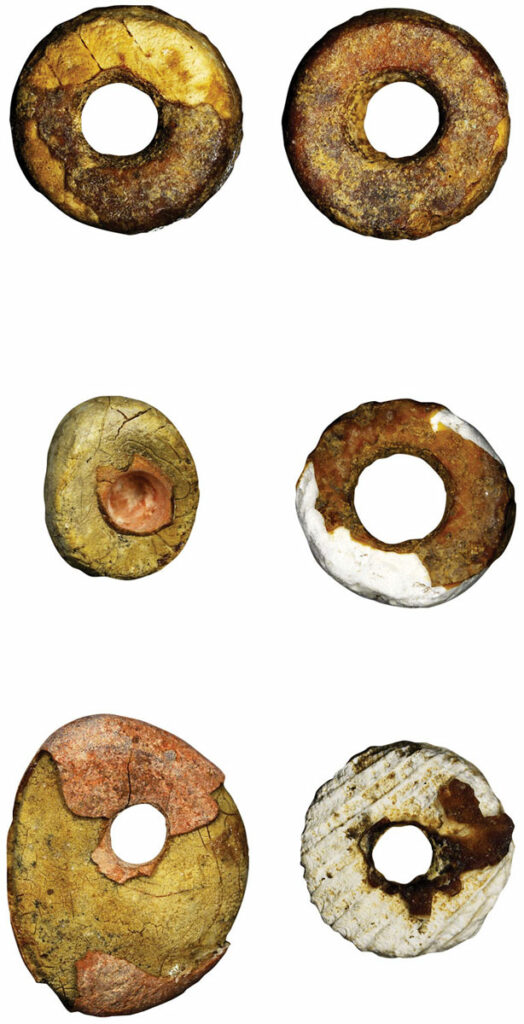- Get link
- X
- Other Apps
- Get link
- X
- Other Apps

A recent study led by Carlos Odriozola of the University of Seville has shed new light on the production of imitation amber beads by Bronze Age people on the Iberian Peninsula, between 3,000 and 5,000 years ago. Over 2,000 such beads have been uncovered at 15 different archaeological sites across the region. The team used advanced techniques such as infrared analysis and computerized microtomography to investigate these replica beads.
Their findings revealed that the production process involved selecting a core material, such as stone or shell, and then coating it with a mixture of pine resin, beeswax, and linseed oil to mimic the characteristic orange color of amber. To complete the imitation, the beads were sealed with a bone glue made from boiled collagen and other animal remains.
Odriozola emphasized that the effort to replicate amber suggests that it held significant value during the Bronze Age. The team also plans to investigate whether elites were involved in commissioning the creation of these imitation beads. One hypothesis is that the individuals buried with such artifacts may have had different dietary patterns, potentially consuming more meat than others, which could indicate their higher status in society. This research may offer insights into the social and cultural dynamics of the period.
- Get link
- X
- Other Apps